This is a lot like Creole cream cheese or other spreadable homemade farmer-style cheeses (well, Creole cream cheese does use rennet, so it’s little different). But it’s do-able at home with the right ingredients and tools. Heat the milk, add the acid to curdle, strain and it’s good to go.
I took a cheese making class at Sur La Table a while back, and ricotta cheese was on the menu. Apparently ricotta cheese is really – or best – made from the whey left over after other cheeses are made, like mozzarella (see my mozzarella success recipe). That requires a lot of whey – gallons of it for a small amount of cheese. Or you can start with whole milk – not ultra-high temperature pasteurized, so using organic milk is pretty much not possible since most of that is UHT. If you look, you can find regular and low-temp pasteurized – I think the store brand regular milk is just plain ol’ regular temp pasteurized. But it doesn’t say (H-E-B brand).
My inspiration recipes come from the Sur La Table recipe handed out in class (not on the internet), a Kitchn recipe and a Master Class recipe that includes cream, because everything is better with cream, amiright? Except Master Class has the cream added after the process is done, so I’m going to follow another recipe (courtesy Ina Garten) that says to add the cream right to the milk before heating.
Ricotta Cheese
Ingredients
- 1/2 gallon whole milk, not UHT
- 2 c heavy cream
- 1/4 c fresh squeezed lemon juice (see note)
- optional salt, 1/2 t
Instructions
Heat the milk and cream over medium heat to 180°-200° F - or as Sur La Table says, a frothing boil. (in a non-reactive pot. I use a ceramic lined cast iron dutch oven.) Stir constantly - stir occasionally - as you can see, the experts differed on this. I did occasionally.
Remove from heat and pour in the acid (lemon juice) and salt if using.
Sur La Table: gently stir in one direction until the curds and whey separate.
Then, wait 5 or 10 or 15 minutes depending on which expert to believe! Kitchn suggests checking to make sure there's no more unseparated milk, and if there is, add more acid. I waited 10 minutes, and that seemed enough.
Scoop out the curds - or pour the mixture - into a cheesecloth-lined colander set over a bowl to catch the whey. Kitchn says scoop big ones out first, then pour. That's what I did.
Drain for 20 - 60 minutes. Personally, I think if it's going to drain more than 30 minutes, put it in the fridge for the rest of the draining time.
It should last about 1 week in an airtight container in the fridge, per Kitchn.
Notes
Note 1: Sur La Table uses buttermilk as the acid - 4 cups buttermilk to 1 gallon milk; Master Class uses either lemon juice or citric acid; Kitchn uses vinegar or lemon juice or citric acid. I'm going with fresh lemon juice.
Note 2: for cannoli, I need to drain the ricotta overnight - Kitchn calls this ricotta salata, and one cannoli filling recipe called it impastata, a drier, smoother version - higher butter fat, lower moisture.
Note 3: The yield after 30 minutes of draining, before draining for impastata, was over 2 cups - maybe 2.5. I filled my 2-cup Lekué cheese maker, which I used for the overnight drain, to overflowing, with a few tablespoons left over.
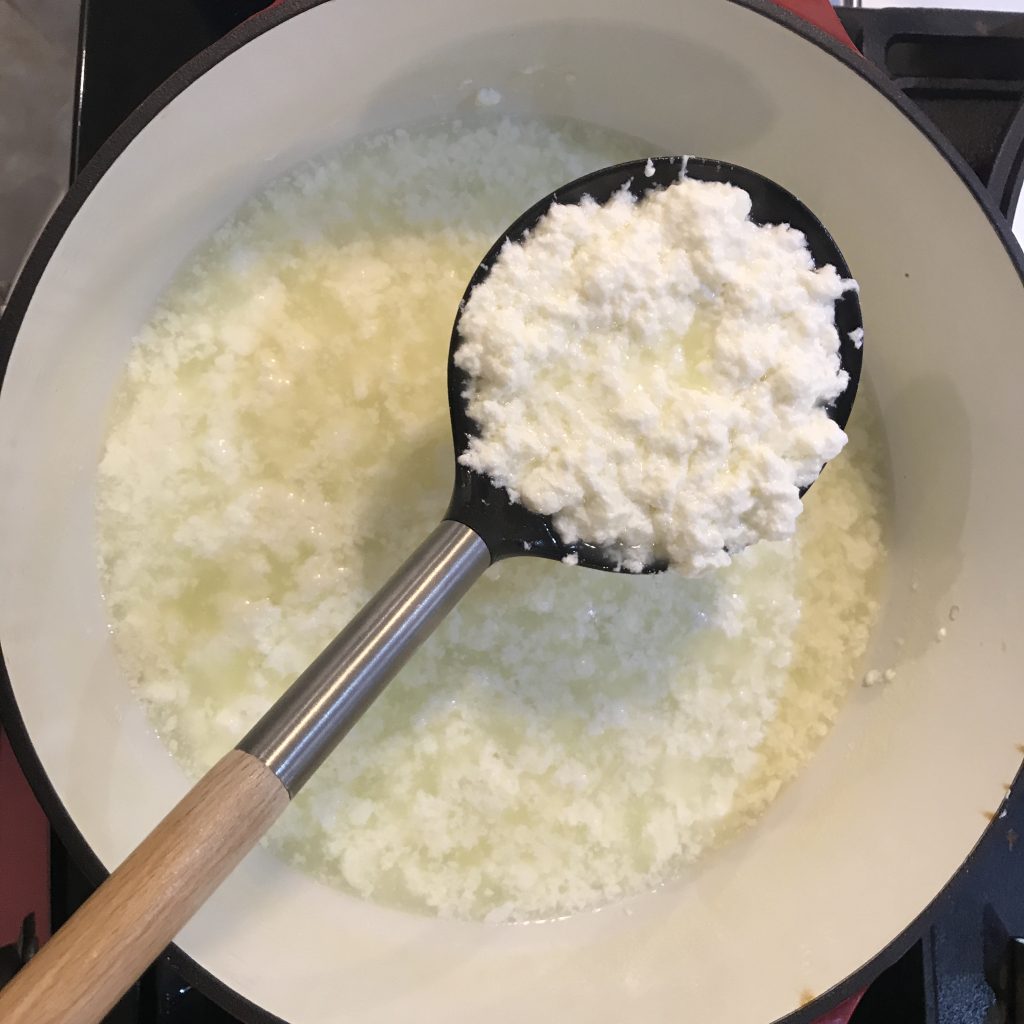

This ricotta is destined for a batch of sweet cannoli, in shells purchased at the store.
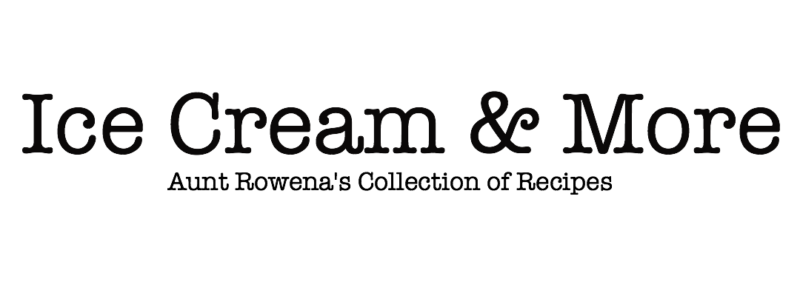
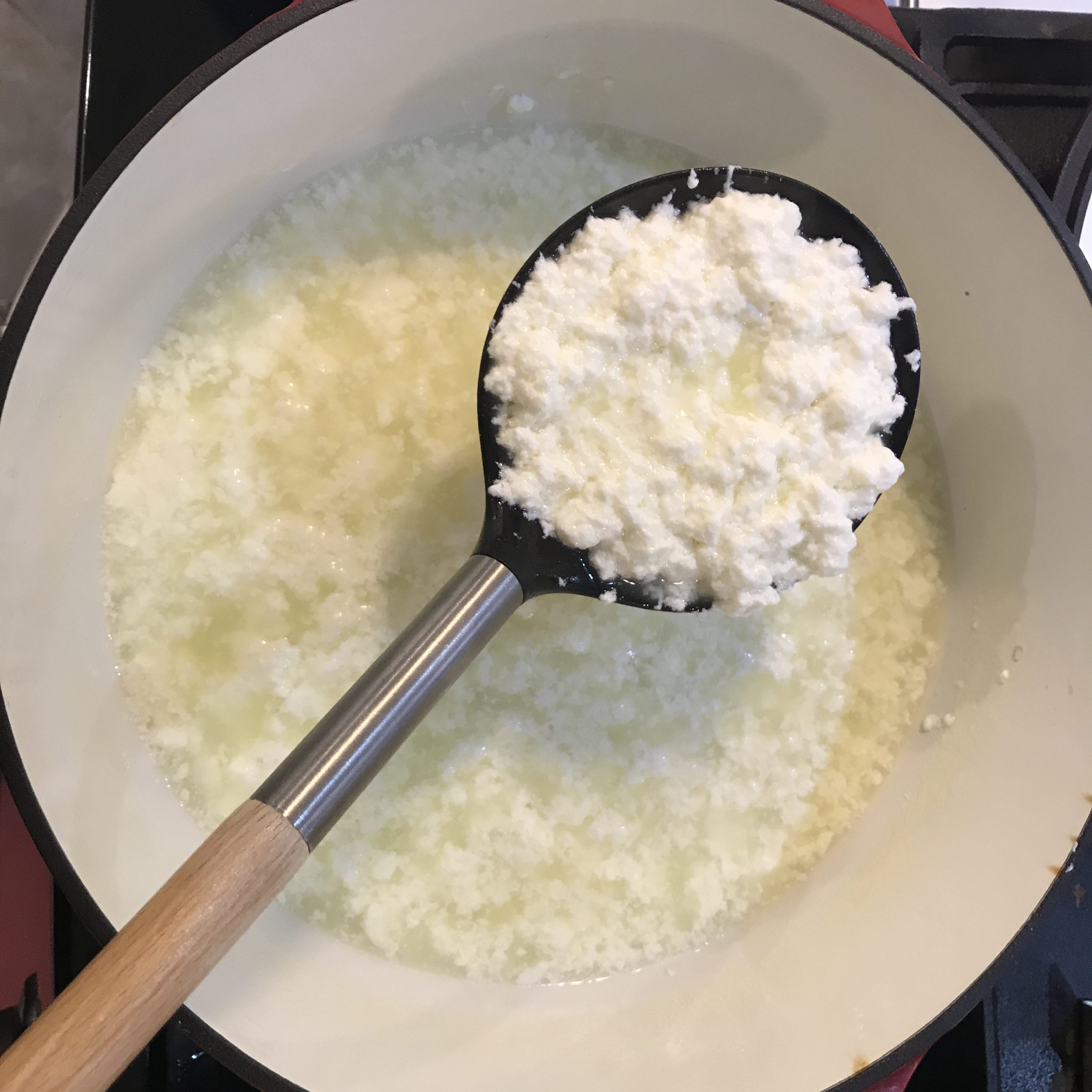

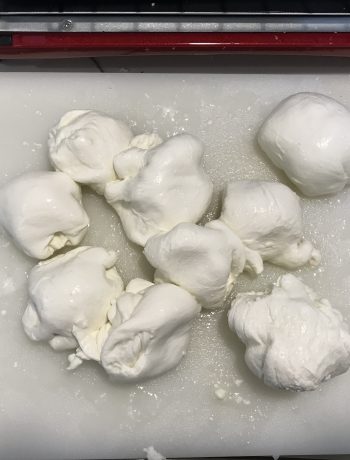
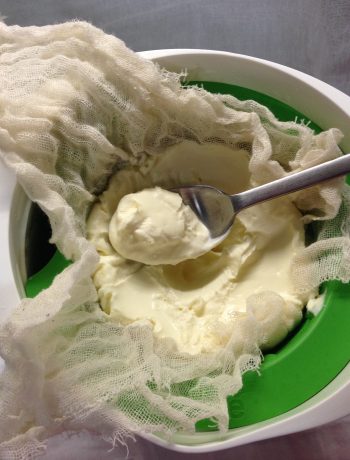
No Comments